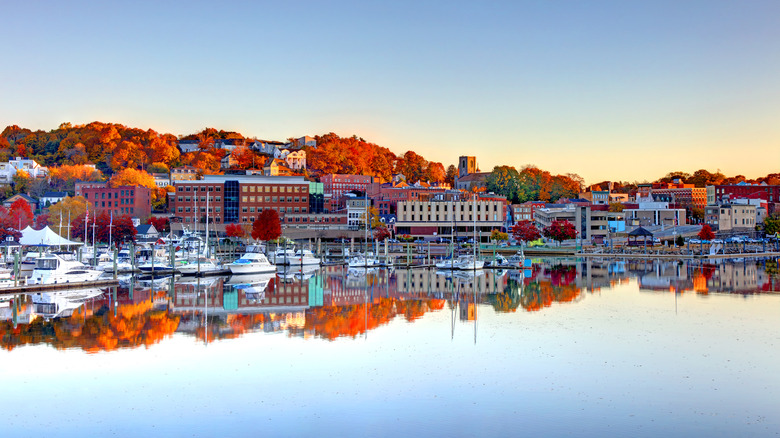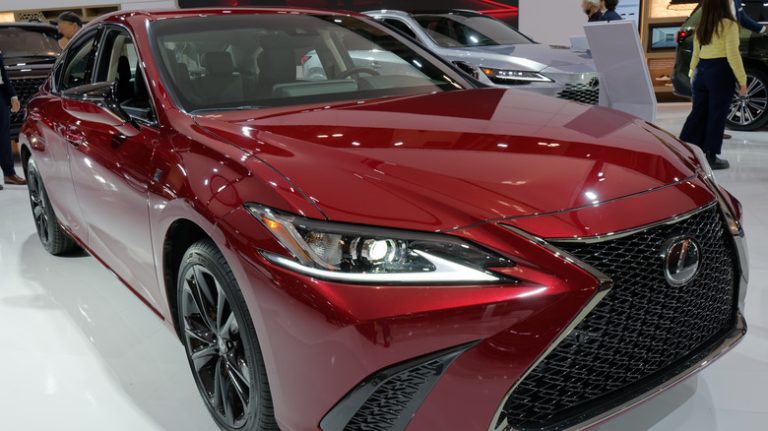
Norwich, Connecticut is recognized as “The Rose of New England,” establishing itself as one of the top places to reside in the state, largely due to its affordable housing. In 2019, about 19.3% of the city’s homes met affordability standards, nearly double the 10% required for exemption from Connecticut’s Affordable Housing Appeals Act requirements. In contrast, Greenwich, as reported by Greenwich Time, had only 5.7% affordable housing in 2022. Stamford, a significantly larger city, barely reached 16%.
Dating back to 1659, Norwich’s history began when settlers from the Saybrook Colony acquired land from Mohegan Sachem Uncas. This rich history is still evident today as Norwich seamlessly connects its colonial past with Native American heritage. The historic district downtown retains much of its colonial charm. In the Chelsea district, visitors can explore shops and restaurants. First-time homebuyers can explore this area to gain a genuine understanding of the city and avoid common pitfalls when purchasing a home.
As per the 2020 census, the U.S. Census Bureau reported that Norwich had approximately 40,000 residents, with 21.1% under the age of 18 and 17.9% over 65. The city is home to families with children as well as retirees seeking a retirement lifestyle that balances cost, walkability, healthcare access, and cultural activities.
Why housing in Norwich is actually affordable

Securing affordable housing is a significant financial challenge for many families, but Norwich actively addresses this issue. According to Zillow, the median home price reached $280,385 in May 2025, marking an 11% increase from 2024, yet still 32.3% less than the national median of $414,000. Connecticut’s statewide median stood at $426,427 as of April 2025, making Norwich an attractive option by comparison.
Beyond market prices, Norwich’s Affordable Housing Plan ensures housing costs no more than 30% of a lower-income resident’s total income, inclusive of rent or mortgage plus utilities. The city supports projects like the Lofts at Ponemah Mills, adding over 300 units to the rental market. Some units are market-rate, while others are affordable, catering to various income levels.
Norwich also emphasizes existing structures. Through Neighborhood Preservation Programs and a Property Rehabilitation Program, the city offers low and moderate-income homeowners loans and grants for repairs and compliance with codes. Additionally, the city renovates historic homes to provide more affordable options while preserving neighborhood character.
The perks of calling Norwich home

Norwich offers plenty of activities for families, working individuals, and retirees. The Norwich Recreation Department organizes programs for all ages, from youth activities to seasonal sports and family events. Each June, the city hosts the Rose Arts Festival, a free event featuring live music, art, races, and food vendors, fostering a welcoming, festive atmosphere.
Residents have access to quality healthcare at the William W. Backus Hospital, a major employer with over 1,700 staff as of 2022. Hartford HealthCare provides comprehensive medical services for the region. Norwich Public Schools prioritize student health with on-site nurses, mental health counseling, and wellness programs. United Community & Family Services operates health centers at several schools. For entertainment, Mohegan Sun Casino is nearby, along with golf courses and downtown theaters offering various shows.
The city invests in initiatives like the Community Development Block Grant funds to enhance public safety, infrastructure, and recreation programs. Parks are upgraded, sidewalks repaired, and programs for children are implemented. Residents can enjoy city amenities without straining their budgets, making it an ideal place for those looking to save money while maintaining a high quality of life.






